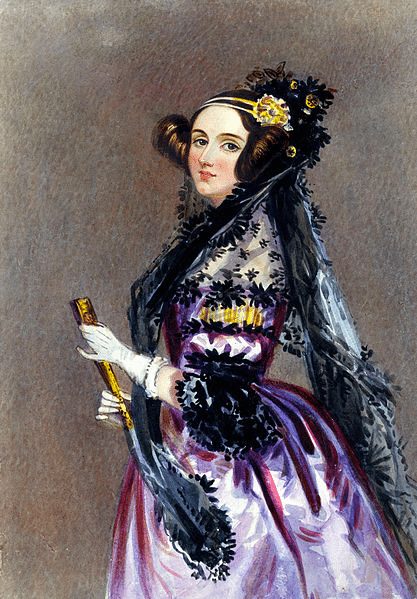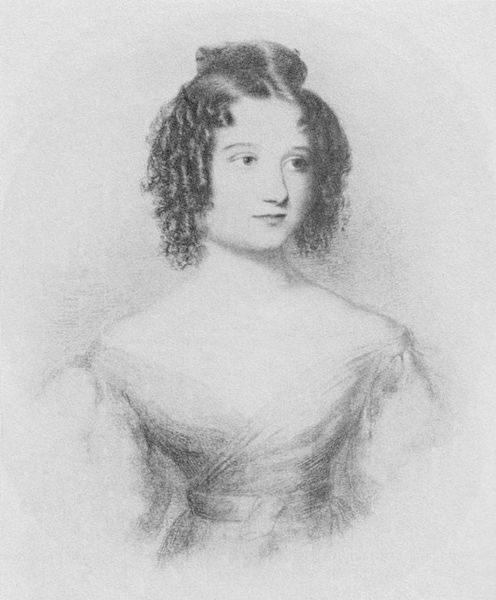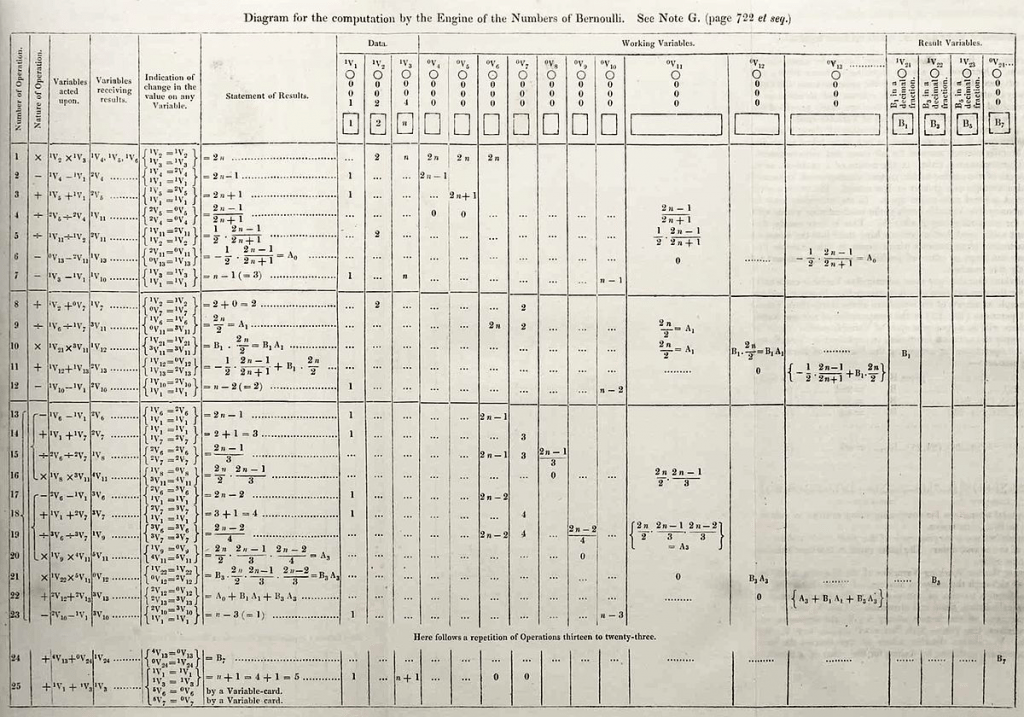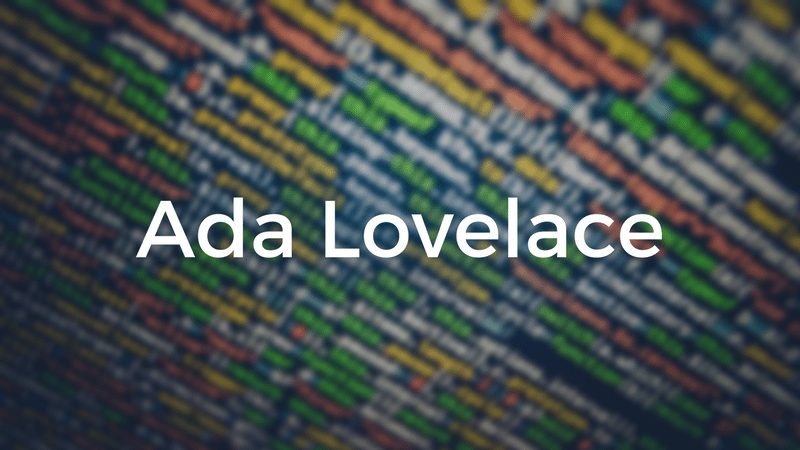Ada Lovelace
Episode #7 of the course Inventors who changed the world
Ada King, Countess of Lovelace, born Augusta Ada Byron in 1815 in Middlesex (now part of London), is among the most unique and (until recently) under-appreciated figures in the history of invention. The only legitimate daughter of famed poet Lord Byron, whom she nevertheless never knew, Ada Byron is now called the first computer programmer and was certainly a visionary computer scientist earlier than anyone else except her friend Charles Babbage.
 Ada, Countess of Lovelace, 1840
Ada, Countess of Lovelace, 1840
Lady Byron is best known for having written a computer program, or perhaps more accurately, pseudo-code, before the concept of computer programming otherwise existed; she described an algorithm for calculating Bernoulli numbers on the first-designed prototype digital computer—Babbage’s “Analytic Engine”—which was not completed during his lifetime. The document in which she described this program also discussed for the first time a variety of possible applications for digital computers that seemed wildly imaginative at the time but that we now use every day. She has also been called a “prophet” of computer science.
Lovelace’s parentage influenced her strange interests indirectly. Lord Byron and her mother Annabelle Milbanke separated legally two months after her birth, her father leaving Britain forever and dying in Italy when Ada was eight years old. Meanwhile, her mother Anabelle purposely raised the girl on mathematics and logic, fearing the imaginative child would develop the insanity of her poetic, wayward father. In the end, Lovelace combined imagination and analytic thought, describing advanced mathematical ideas in metaphor and wishing for a “poetical science,” as she once told her mother. “The Analytical Engine,” she once said, “weaves algebraic patterns, just as the Jacquard loom weaves flowers and leaves.”
Lovelace showed childhood brilliance, designing a flying machine when she was 13 years old and already in love with mathematics. She was interested in Babbage’s machines by age 16 and became friends with the older mathematician at a dinner party in 1834 where Babbage discussed his idea of the Analytical Engine. Lovelace was among few people who recognized the potential of such a device, and she and Babbage began a lifelong correspondence.
 Ada, aged seventeen, 1832
Ada, aged seventeen, 1832
Ten years later, Babbage was still facing widespread disinterest in his designs, and one favorable Italian mathematician, Menabrea, wrote an article in French about Babbage’s plans. Lovelace translated the article, and Babbage suggested she add her own notes on the ideas—which turned out three times longer than the article itself. Her resulting article predicted computer music, graphics, science, and language processing at a time when Babbage’s machines were thought of as numerical calculators only. She wrote the plan for calculating Bernoulli numbers as a demonstration of how computer programming might work.
Lovelace continued to work on other mathematical modeling projects for the remainder of her sadly brief life. In 1844, she wrote to a friend of wanting to create a mathematical model of neural computation—“a calculus of the nervous system”—a topic on the cutting edge of computational and cognitive science today.
 Lovelace’s diagram from Note G, the first published computer algorithm
Lovelace’s diagram from Note G, the first published computer algorithm
This “enchantress of numbers,” as she was called, died of cancer in 1852 at the age of 36. She went largely unremembered until the late 1970s when one of the first programming languages, Ada, was named after her.
With our next lesson, we will turn from visionaries to visions—the work of French photographer-inventors August and Louis Lumière.
Quotes
“That brain of mine is something more than merely mortal, as time will show.” – Ada Lovelace
“The science of operations, as derived from mathematics more especially, is a science of itself, and has its own abstract truth and value.” – Ada Lovelace
“I never am really satisfied that I understand anything; because, understand it well as I may, my comprehension can only be an infinitesimal fraction of all I want to understand about the many connections and relations which occur to me, how the matter in question was first thought of or arrived at, etc., etc.” – Ada Lovelace
“Mathematical science shows what is. It is the language of unseen relations between things. But to use and apply that language, we must be able fully to appreciate, to feel, to seize the unseen, the unconscious.” – Ada Lovelace
Recommended book
Share with friends

